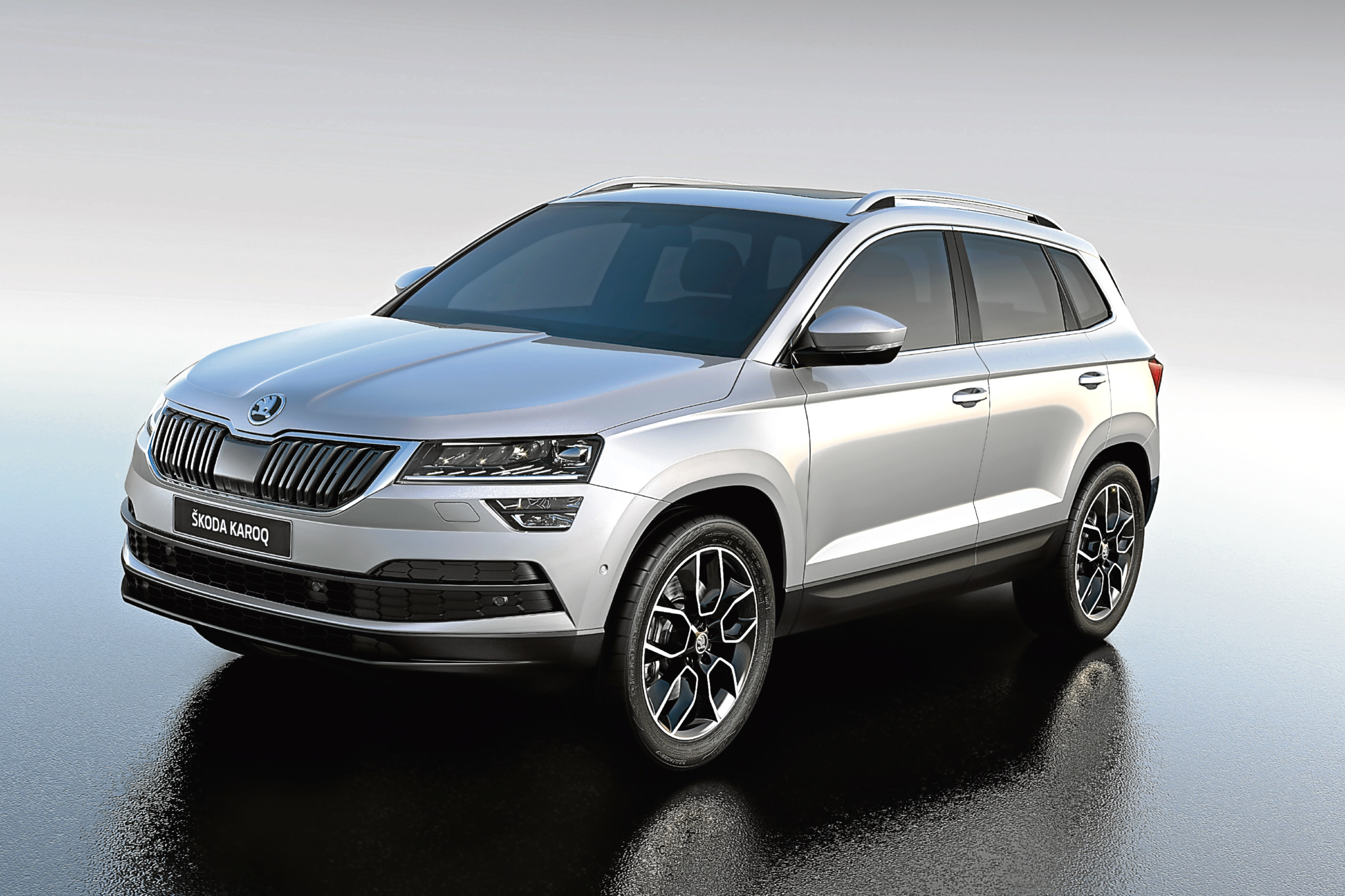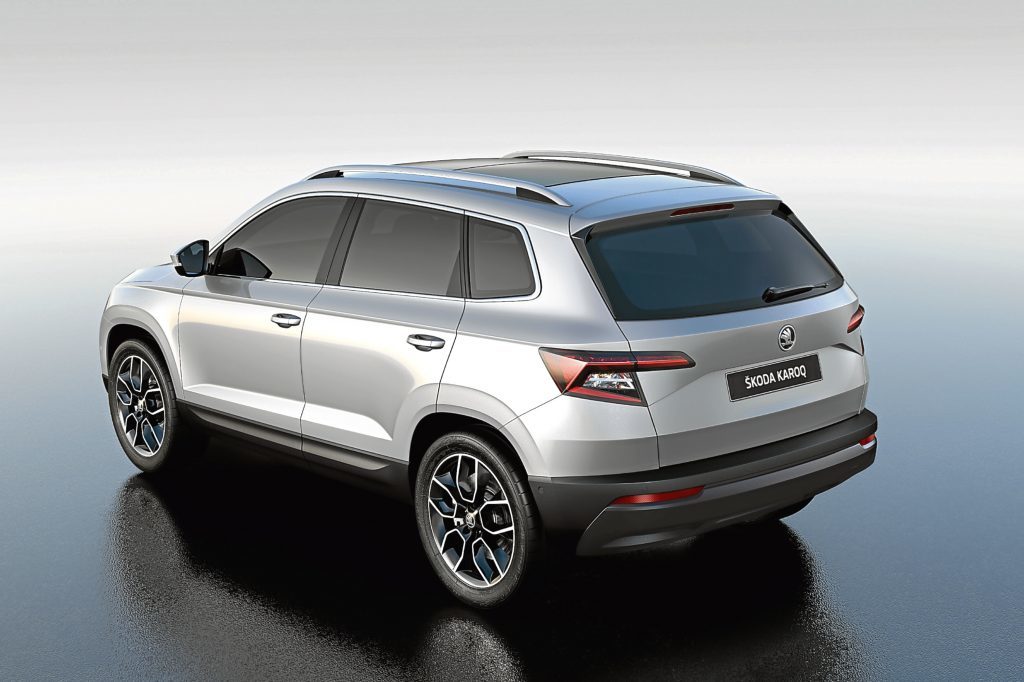The Skoda Yeti has always been an extremely capable car. Cheap, reliable, rugged and very practical, it’s a great all rounder.
Skoda’s designers had something of an off day when they were drawing the car though: it’s a bit of an ugly duckling.
So it’s with great relief I can report its successor is a much more handsome beast.
The Yeti name has been dropped altogether: this model’s called the Karoq.
Expected to go on sale next January with a start price of around £17,500, it’s moved upmarket and will take on the likes of the Nissan Qashqai and Renault Kadjar.
At 4,382mm long and 1,841mm wide – 160mm and almost 50mm up on the Yeti’s dimensions – it’s a bigger car than its predecessor.
It sits on the same chassis as the Volkswagen Tiguan and Seat Ateca and shares more than a few of their design cues.
There’s a choice of five engines and two or four wheel drive. Two petrol engines are on offer – a 1.0-litre three-cylinder unit with 114bhp and a 1.5-litre four-cylinder producing 148bhp.
The entry-level diesel is a 1.6-litre engine with 114bhp. Then there’s a 2.0 with 148bhp – enough for a 0-62mph time of 8.9 seconds.
A 2.0 diesel with 228bhp tops the range. This one is only offered with four-wheel drive and seven-speed dual-clutch automatic transmission.
The Karoq is a five-seater and will be significantly roomier than the Yeti. Boot capacity grows to 521 litres, and Skoda is offering an optional system called VarioFlex.
This allows you to slide all three rear seats forward or back, or remove them completely. Capacities range from 421 litres if you prioritise legroom for all three rear passengers and 588 litres if you maximise boot space, or 1,810 litres with the second row removed entirely.
The Karoq is also the first Skoda to get the VW Group’s digital instrument panel, as seen on the Audi TT and the latest VW Golf.
jmckeown@thecourier.co.uk

